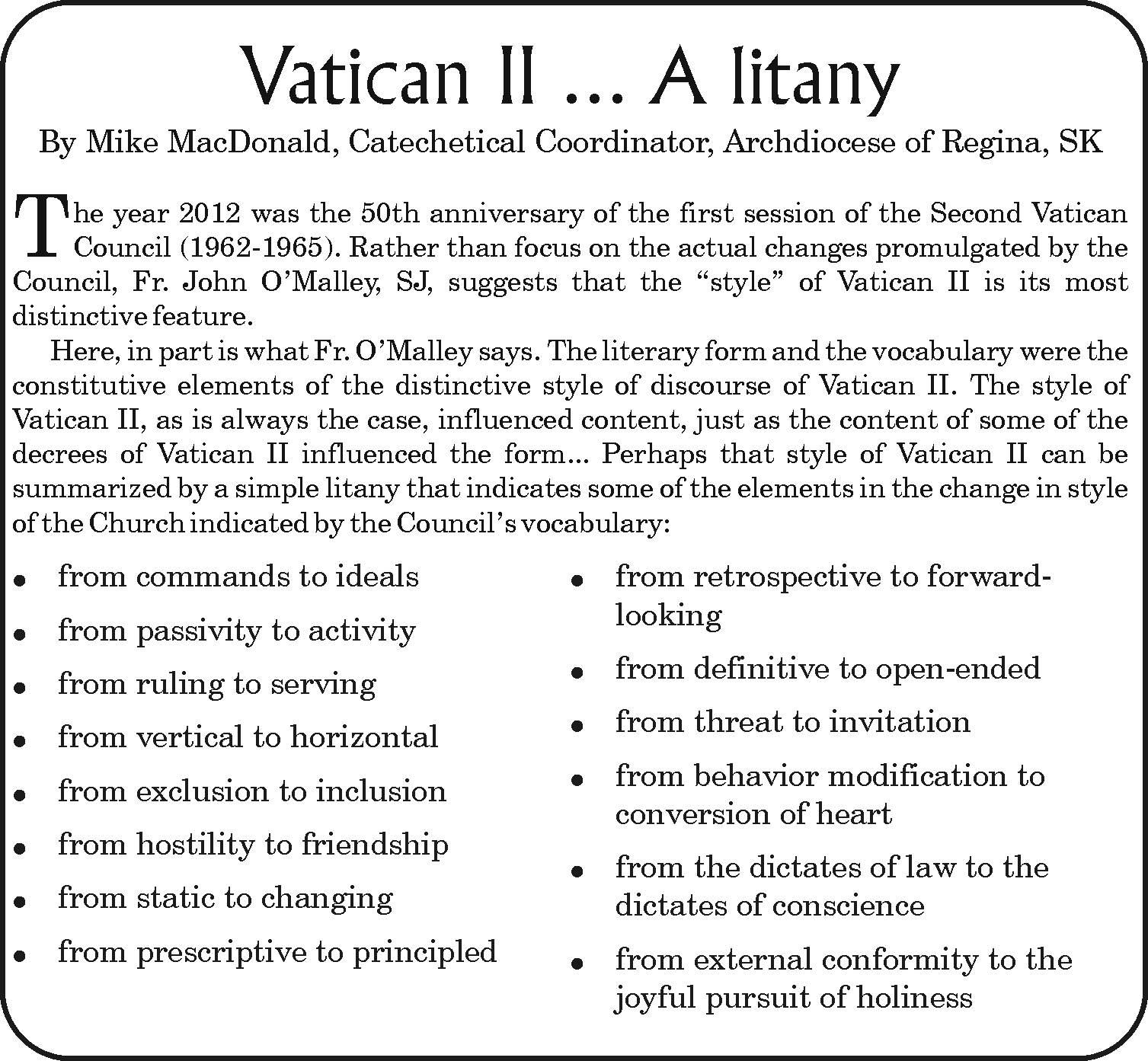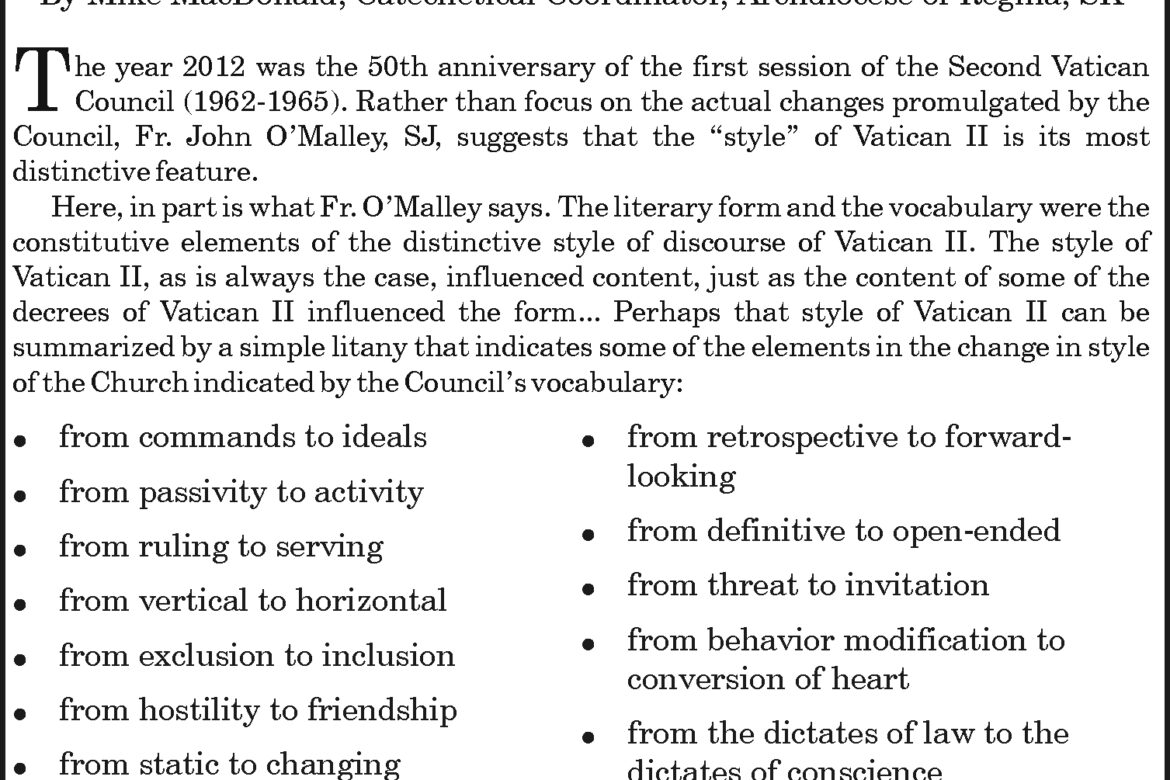First Impressions About The Encyclical Lumen Fidei
Leonardo Boff – Website: http://leonardoboff.com/site-eng/lboff.htm
Volume 27 Issue 7, 8 & 9 | Posted: September 1, 2013

The Encyclical Lumen Fidei comes under the authorship of Pope Francis, but is known it was written by the previous Pope, now Emeritus, Benedict XVI. Pope Francis clearly confesses: “I assume your precious work, limiting myself to add some contribution to the text.” As it should be, otherwise, it would not have the papal teaching seal. It would simply be a theological text by someone who was Pope once.
Benedict XVI wanted to write a trilogy on the cardinal virtues. He wrote on hope and love. But faith was missing, which now he does with small additions by Pope Francis.
The Encyclical Lumen Fidei comes under the authorship of Pope Francis, but is known it was written by the previous Pope, now Emeritus, Benedict XVI. Pope Francis clearly confesses: “I assume your precious work, limiting myself to add some contribution to the text.” As it should be, otherwise, it would not have the papal teaching seal. It would simply be a theological text by someone who was Pope once.
Benedict XVI wanted to write a trilogy on the cardinal virtues. He wrote on hope and love. But faith was missing, which now he does with small additions by Pope Francis.
The Encyclical brings no sensational novelty that calls the attention of the theological community, of the faithful as a whole or of the general public. It is a high theology text, with an over-elaborate style and filled with quotations from the Bible and from the Holy Fathers.
Curiously, Benedict quotes authors from Western culture such as Dante, Dostoevsky, Buber, Nietzsche, Wittgenstein, Romano Guardini and the poet T.S. Eliot. It can be clearly seen the hand of Pope Benedict XVI, especially in refined discussions hard to comprehend even for theologians, handling Greek and Hebrew expressions, as a doctor and a teacher often do.
The text is addressed to the Church. Talks of the light of faith to those who already are inside the world illuminated by the faith. In this sense, it is an intra-systemic reflection.
It has a typical Western and European diction. Only European authorities speak in the text. Not considered are the teachings of continental churches, with their traditions, theologies, saints and witnesses of the faith. It is fitting to point out this solipsism, because only 24 percent of the Catholics live in Europe, the rest is outside, 62 percent of them in the so-called Third World and Fourth World. I can imagine a Catholic from South Korea, India, Angola, Mozambique or even an Andean Catholic reading this Encyclical. Possibly all of them will understand very little of what is written there, nor they will find themselves mirrored in that type of argumentation.
The line of theological argumentation is typical of the thinking of Joseph Ratzinger as a theologian: the preponderance of truth as theme, I would say, almost obsessive. In the name of that truth is frontally against modernity. Has difficulty to accept one of the most important themes of modern thinking: the autonomy of the subject and its use at the light of reason. Ratzinger sees it as a way of substituting the light of the faith.
It does not show that attitude so much recommended by Vatican Council II which would be: in facing the contemporary cultural, philosophical and ideological tendencies, it is important above all to identify the nuggets of truth in them; and from there organize the dialogue, the critique and the complimentary. It is a blasphemy against the Holy Spirit to imagine that the moderns have only thought lies and falsehoods.
To Ratzinger love itself has to be submitted to truth, without which would not overcome the isolation of the “I” (nº 27). However, we know that love has its own reasons and obeys a distinct logic, different, without being contrary to truth. Love cannot see with clarity, but sees reality with more profundity.
Saint Augustine following Plato already said that we only comprehend that which we truly love. To Ratzinger, “love is the experience of truth” (nº 27) and “without truth, faith does not save” (nº 24).
This declaration is problematic in theological terms, because all Tradition, especially the Councils, has affirmed that only saves “that truth informed by charity” (fides caritate informata). Without love, truth is insufficient to reach salvation. In pedestrian language, I would say: what saves are not true preaching but effective praxis.
Every document from the Magisterium is done by many hands, seeking to contemplate the distinct acceptable theological tendencies. At the end, the Pope gives it its form and signs it. This is also applicable to this document. In its final part, probably from the hand of Pope Francis, there is a notable opening that does not match well with the previous parts, that are strongly doctrinal. In them is emphatically affirmed that the light of faith illuminates all dimensions of human life.
In the final part, the attitude is more modest: “Faith is not a light that dissipates all our darkness, but a lantern that guides our steps in the night and that is enough for the journey” (nº 57). With theological precision affirms that “the profession of faith is not to assent to a group of abstract truths, but to make that life enters in plain communion with the living God” (nº 45).
The richest part, in my opinion, is nº 45 when the Creed is explained. There it turns into an affirmation that goes over theology and touches philosophy: “the faithful affirms that the center of being, the most profound heart of all things is the divine communion” (nº 45). And completes: “God-communion is capable of embracing the history of man and introducing him in his dynamism of communion” (nº 45).
But in the Encyclical is seen a painful lagoon that takes away great part of its relevance: it does not touch the present crisis of faith of the human being, his/her doubts, questions that not even faith can answer: Where was God in the tsunami that decimated thousands of lives or in Fukushima?
How to believe after the massacres of thousands of Native people at the hands of Christians throughout our history, of the thousands of tortured and murdered by military dictatorships from the years 1970s to 1980s? How to still have faith after the millions of dead in the Nazi concentration camps?
The Encyclical does not offer a single element to answer these questions. To believe is always to believe in spite of… Faith does not eliminate the doubts and anguish of a Jesus who cries on the cross: “Father, why have you abandoned me?” Faith has to go through this hell and become hope that for everything there is a sense, but hidden in God. When will it be revealed?
Free translation from the Spanish sent by Melina Alfaro, alfaro_melina@yahoo.com.ar, done at REFUGIO DEL RIO GRANDE, Texas, EE.UU.

Leonardo Boff – Website: http://leonardoboff.com/site-eng/lboff.htm

